History
Maize (also called mealies in Southern Africa, from the Portuguese word milho) is a staple food in many parts of the world for about 200 million people thanks to its ability to grow in diverse climates. According to anthropologists, maize was first cultivated in Mexico at least 6000 years ago and then spread throughout South America. Spanish traders and explorers were the first to introduce it to Europe, where it then made its way to other parts of the world, such as to Southern Africa.
Before it was domesticated, wild maize only grew cobs of about 25 millimetres long and there was only one cob per plant. Through centuries of artificial selection, the indigenous people of the Americas managed to cultivate it so that it included multiple, larger cobs per plant, and today the cobs can reach sizes of 600 mm and the size of a single kernel can be as large as an entire cob of wild maize thousands of years ago.
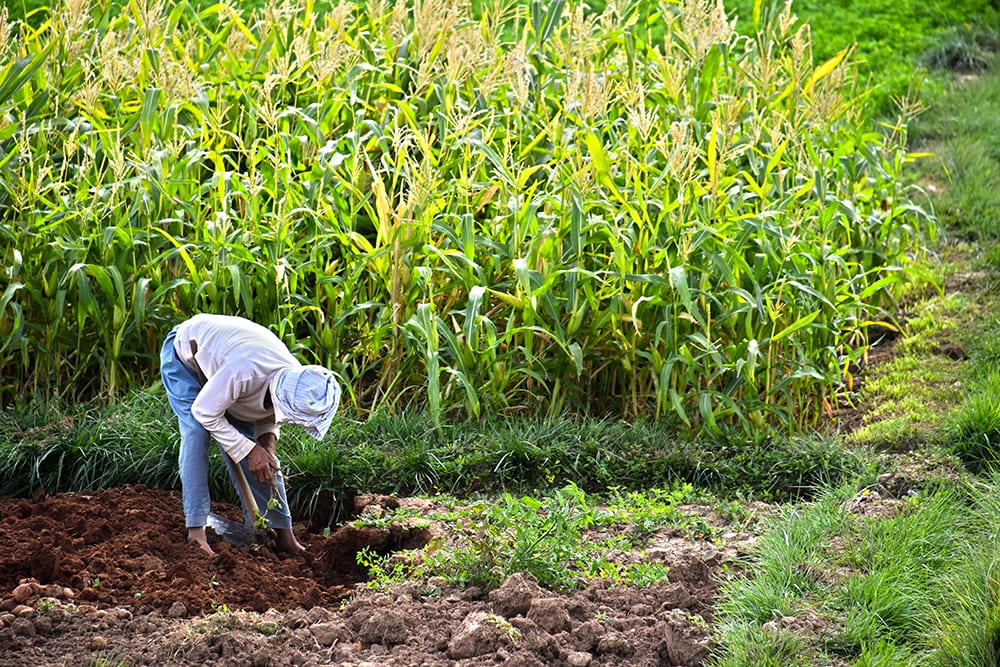
Maize in Africa
Maize made its way to Africa around 1500 BCE and due to its easy cultivation, it has become the most important serial crop on the continent, replacing wheat. According to FAOSTAT, maize accounts for 30% of the calorific intake of sub-Saharan Africans, while it accounts for 50% of calorific intake in countries like Malawi, Lesotho, and Zambia. According to the Agricultural Research Council (ARC), no other crop utilises sunlight more efficiently than maize, which makes it the perfect crop for the sunny African continent. For many centuries, Africans preferred yellow maize over white maize, but this changed in the early 20th century. Today, white maize is more popular in Africa because yellow maize is too sweet to eat as a staple food. In fact, 90% of Africa’s maize production is white maize, while 90% of the whole world’s maize production is yellow maize. In South Africa, according to the ARC, approximately 8 million tonnes of maize is produced annually, of which half of the production is white maize, for human consumption.
New strains of maize have also saved many from famine in Africa. In 1953, scientists developed a rust-resistant strain of maize that saved the lives of many. A new hybrid maize called SR-52 has also recently proven to increase maize yields on African farms by 300%. While there is a relatively new drought-resistant strain available, it has not yet spread to most parts of Africa, but it is clear that maize is constantly being modified so that people from all over the world can continue to enjoy their staple food.
In large parts of Africa, especially in South Africa, maize is mostly consumed in the form of porridge, made from ground maize (maize meal). This porridge, called mieliepap (among many other names) has been a staple food for many African cultures for many decades. It is cheap and very easy to make. It has many health benefits, such as being rich in carbohydrates, iron, magnesium, potassium, B vitamins, and proteins. It also contains very little fat and almost no sodium. Some cultures eat mieliepap as a breakfast item with milk, butter, and sugar, or served with vegetables, meat, and a sauce like chakalaka for lunch or supper.

Fortified maize meal
While mieliepap has a variety of health benefits, it wasn’t always the case. In 1995, South Africa held its first national survey of children’s micronutrient status and found that one out of three children had severe deficiencies of vitamin A. In 1999, another survey found that one out of five children between one and nine years old were undernourished. The results of these surveys led the government to initiate the food fortification programme. The obvious choices of which food to fortify were wheat flour and maize flour, since these are consumed by large parts of the population, and as a result, maize flour was fortified with vitamin A and most B vitamins, as well as iron and zinc. In the whole of Africa, only 30% of industrially milled maize is fortified, but South Africa is one of the few African countries where the fortification of maize meal is mandatory.
While the fortification of maize meal is a huge step in the right direction, there are still some deficiencies that need to be addressed. That is why Yabhusta Power Supply enriched its sorghum- and maize-based Fortified Instant Porridge with additional micronutrients, such as all the other vitamins and additional proteins, as well as calcium, magnesium, and selenium. So if you ever need an extra boost and your potjie and maize meal are not close by, just grab a bag of Fortified Instant Porridge, add some water or milk, and enjoy South Africa’s most popular food anywhere, anytime.
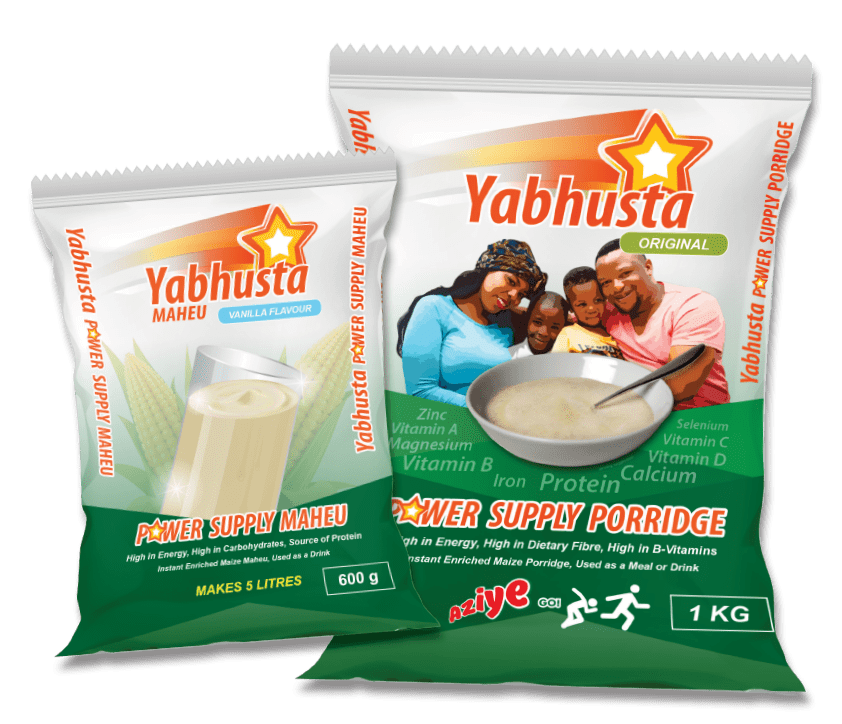



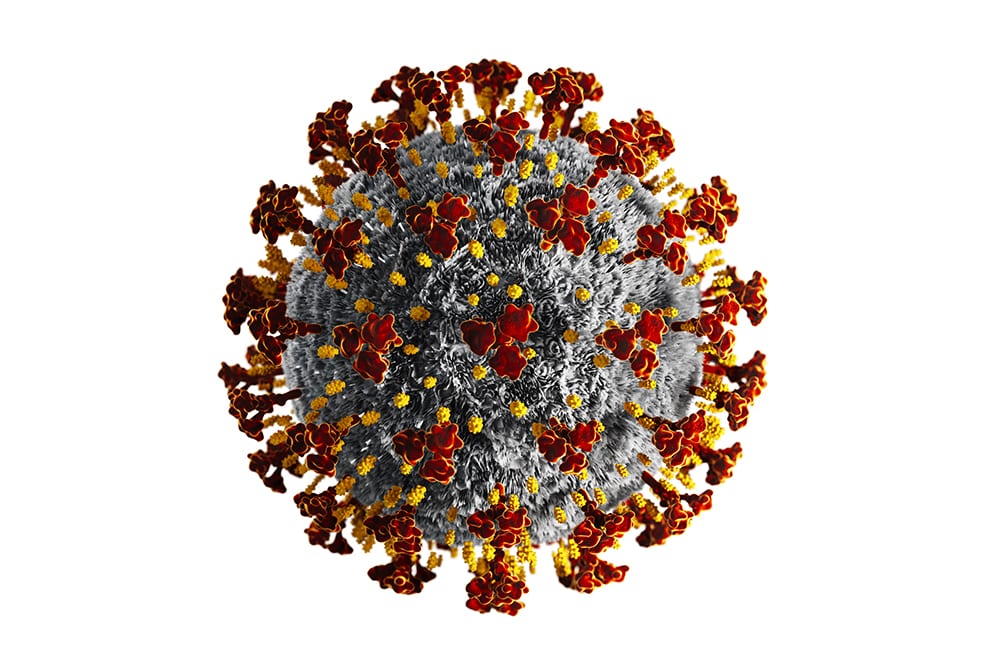

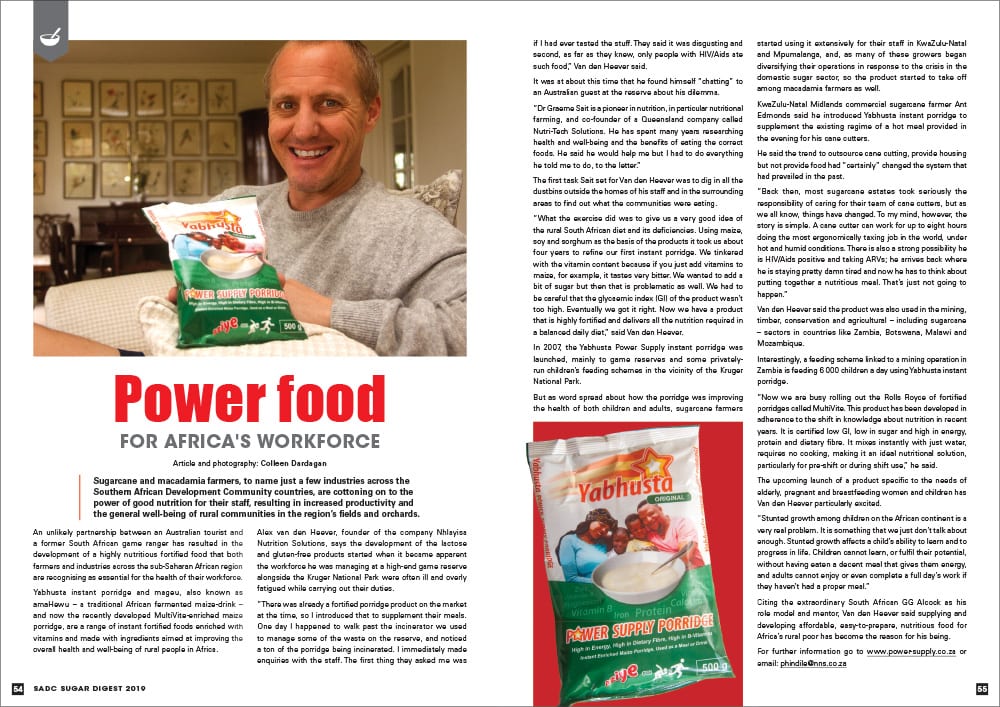
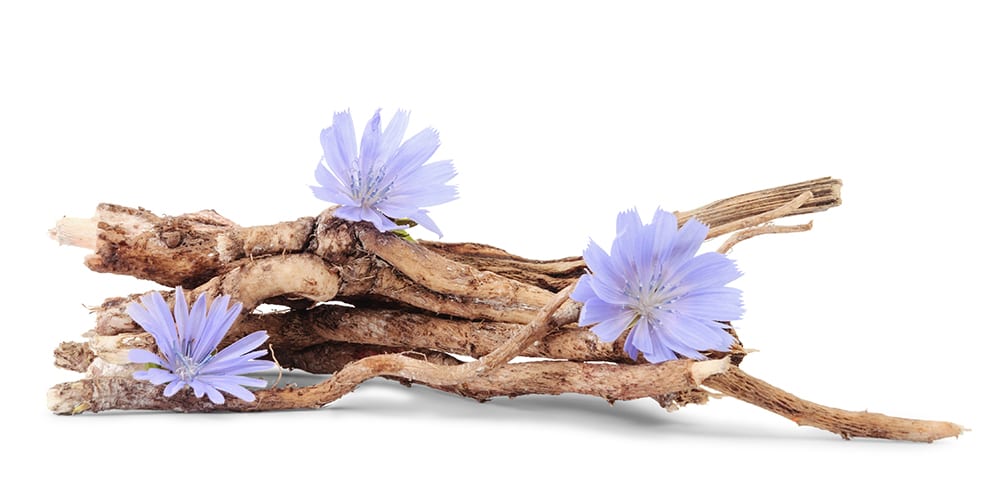
Leave A Comment